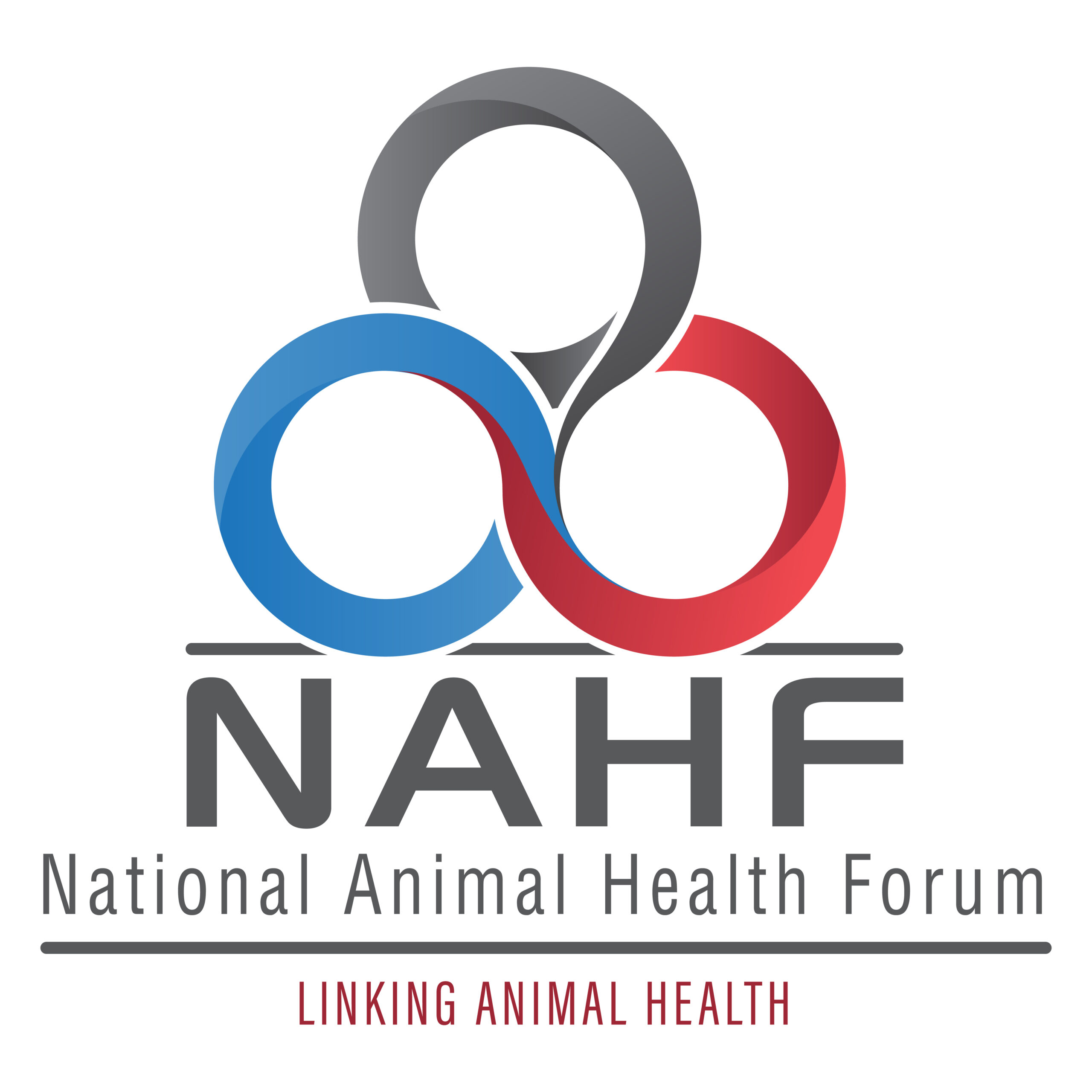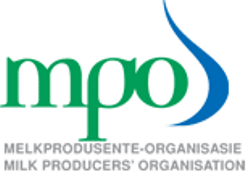
The Bassonco Holsteins (Uilenkraal) enterprise is milking around 1 550 cows three times a day. Since September 2018, they have carried out genomic testing on all their replacement heifers. Coenraad Basson is the herd manager and he says they have been striving for maximum genetic gain year after year in order to remain profitable in a dairy industry that is becoming increasingly marginal.

TESTIMONIAL
“The profitability of a dairy is determined by factors like calf mortality, calf stillbirths, post-calving problems, drastic change in condition or the inability to maintain good condition, conception, feed conversion, milk solids, and milk quality,” according to Basson. “With the aid of Zoetis’s CLARIFIDE Plus the genomic markers for these factors can be identified when the calves are at an early age.”
Basson says that genomic testing enables them to use bulls that improve specific traits and correct faults immediately. “In our herd our focus is 90% on wellness traits, milk production and solids, and only 10% op bloodlines. To achieve our wellness objectives, we have to carry out genomic tests on our new arrivals. We want to be able to identify a poor animal as early as possible for terminal crossing and cover healthy animals with sexed semen,” says Basson.

GENETIC GOAL
Basson says the end goal is to improve genomic herd health to such an extent that they will be able to reduce their replacement heifers by 20% in future. This would enable them to spend more time on the right animals, save on medicines, increase feed conversion, use the time of veterinarians more efficiently and reduce heifer rearing costs as a percentage of input costs. “The pressure consumers put on the milk producers is going to increase. As producers we need to emphasise herd health, outstanding cow comfort, and minimal use of antibiotics and hormones,” he says.
“The holstein breed is the breed with by far the biggest genetic database. All that you need to do as a farmer is to analyse current circumstances, identify future possibilities and, thereby, set a genetic goal. Then you need to make sure that you do everything in your power to achieve it as fast as possible,” according to Basson.
IN A NUTSHELL
“The things you can’t see with the naked eye are the things that play the biggest part in your herd,” says Basson. “I often say this and I’m going to repeat it: Not all black-and-white animals are dairy cattle; their genomic potential and good rearing practices for replacement heifers play a big part in profitability.”
Published on Wednesday, 25th November 2020 - 11:14
Recent Posts
disclaimer









